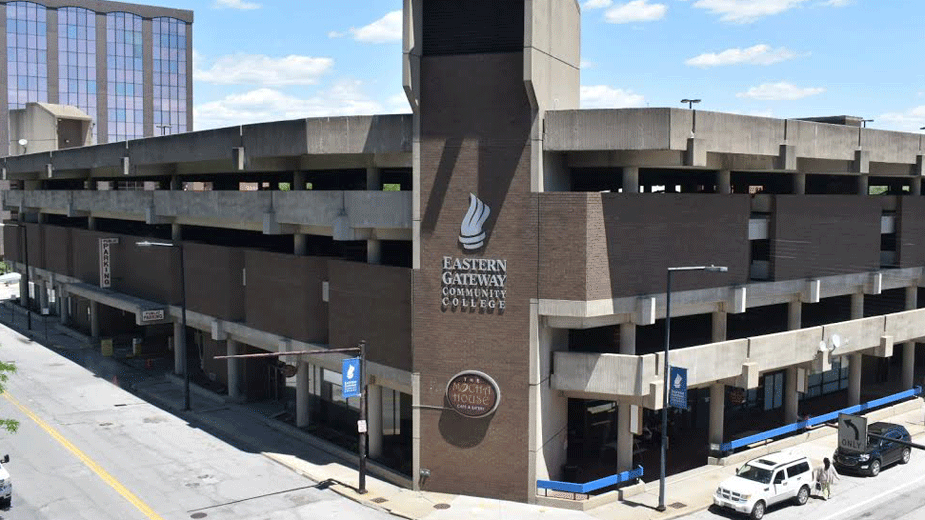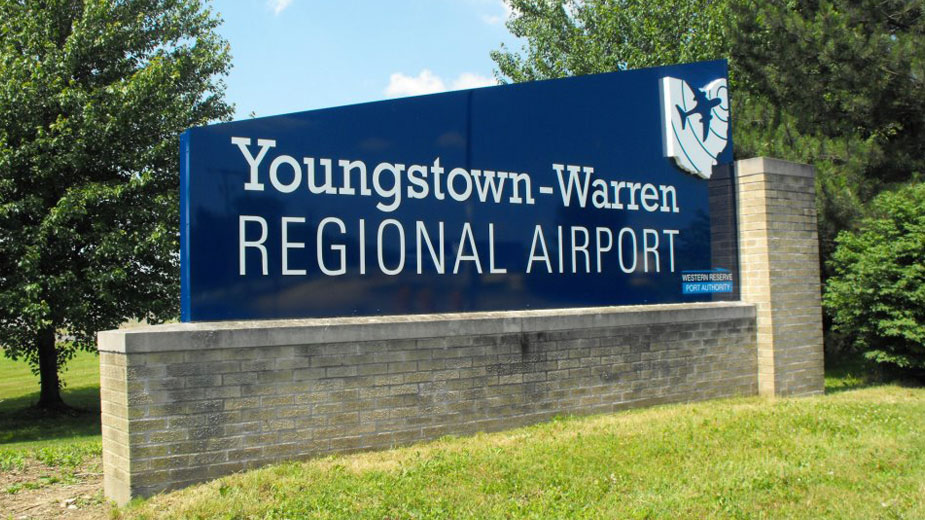Eastern Gateway’s Fall Enrollment Down About 50% from Last Year
YOUNGSTOWN, Ohio – Eastern Gateway Community College’s enrollment is about half of what it was a year ago as it remains on probation and is on a U.S Education Department Heightened Cash Monitoring list.
But a college official says the institution is working with the education department to address issues and marketing its programs for the workforce.
EGCC’s fall 2023 enrollment sits at 15,300, down from 30,285 in fall 2022.
Arthur Daly, EGCC’s senior vice president and chief development officer, attributes the steep decline to the end of the college’s Free College Benefit and the Union Plus Free College Benefit programs.
Those programs enabled students to enroll at EGCC tuition free. The latter was aimed at union members and their families across the country who took their classes online at no cost to them.
“Following up, we have graduated a significant number of students because of the free tuition program,” Daly said.
Of EGCC’s students, roughly 11,000 of them are online students; about 1,000 attend in person at each of the Youngstown and Steubenville campuses; and about 2,000 high school students take EGCC classes through College Credit Plus. CCP enables high school students to earn college credit.
In July, EGCC announced that its Free College Benefit would end after the fall 2023 semester. Last year, the U.S. Department of Education ordered the college to stop the program as part of a federal financial aid program review.
The education department alleged that the college was charging students who received Pell grants more than those who didn’t.
Also, since November 2021, EGCC has been on probation. The Higher Learning Commission cited issues with the college’s compliance with the criteria for accreditation.
EGCC maintains its accreditation.
Daly said the college has been working with the U.S. Department of Education and has improved across those criteria.
He said the department still has concerns about the college’s financial stability. Since 2022, EGCC has been on the U.S. department’s Heightened Cash Monitoring 2 list.
That means the college must pay federal financial aid disbursements from its institutional funds and then request reimbursement from the education department rather than requesting the funds from the education department upfront.
Daly said EGCC is continuing to work through those issues. The Higher Learning Commission is expected to meet in early November to determine whether to remove the college from probation, but the college expects to remain on probation until spring 2024.
EGCC realized dramatic enrollment growth under the free college program, experiencing double-digit growth during the pandemic.
Continuing students were grandfathered into the free tuition for fall semester as long as they were registered by Aug. 28. Students who enrolled at EGCC for the first time for fall 2023 were not eligible for free tuition.
After the fall 2023 semester, no one will be able to enroll under the Free College Benefit program.
“Even though we no longer have free college, our affordability allows those students to complete programs,” Daly said.
With tuition and fees, EGCC students pay about $160 per credit hour, an amount the senior vice president says makes EGCC very competitive with other higher learning institutions.
Ohio community colleges get subsidies from the state, but Daly said that because those subsidies are allotted based on a three-year rolling model, EGCC doesn’t expect to see a decrease for at least a couple of years.
Jeff Robinson, a spokesman for the Ohio Department of Higher Education, said in an email that subsidies to colleges and universities are “determined through a combination of course, certificate and degree completions, along with other outcome-based metrics that align with student success.”
Still, the college has trimmed about $4 million in costs in recent weeks. About 60% of that came in personnel costs, and the rest in operational expenses. No programs were cut.
The bulk of the personnel cuts came from EGCC’s adjunct faculty pool upon whom the college relied for much of its online instruction. The college cut about 350 adjunct faculty members, reducing its ranks to about 960.
About 50 full-time staff members were reduced, with roughly 20 laid off and the remaining leaving for other employment.
With no students eligible for the Free College Benefit program after this semester, Daly says the college expects another enrollment dip for spring semester.
That could mean more cuts.
“Everything is based on enrollment,” he said.
To try to attract more students, the college is marketing its classes. Health care and industrial courses remain popular, and with new companies locating in the area, including Foxconn and Ultium Cells, the college is hoping to prepare workers for those jobs.
Other programs, including fire science for firefighters who want to advance in their departments, and social work are popular too.
“The programs we have online are targeted specifically to the workforce,” Daly said.
The college works with universities to help students who want to transfer and also provides interventions to students who are struggling and in danger of dropping out, he said.
“We think we’re going to come out of this better, and we’ll continue to have a positive impact on our students and on the community,” Daly said.
Copyright 2024 The Business Journal, Youngstown, Ohio.



